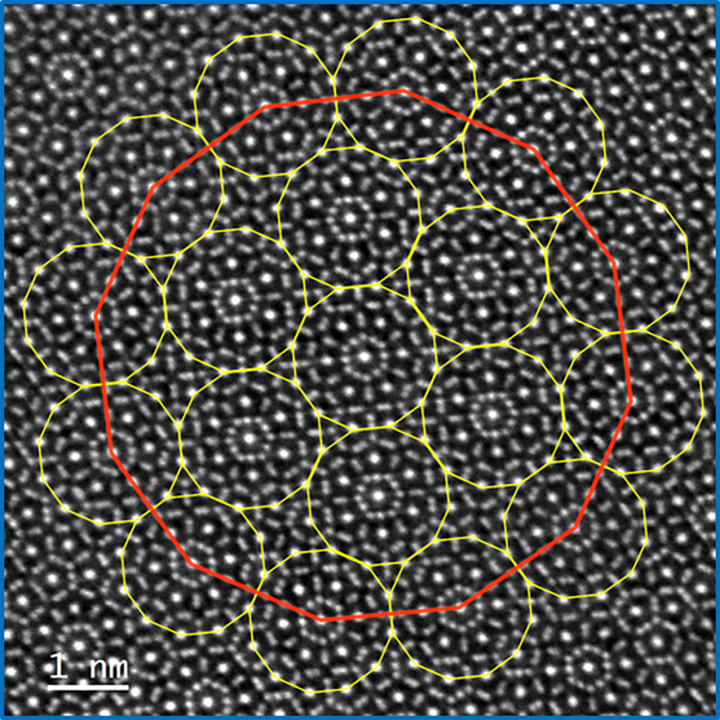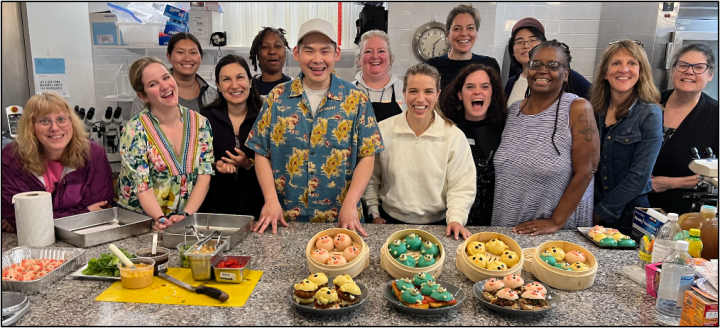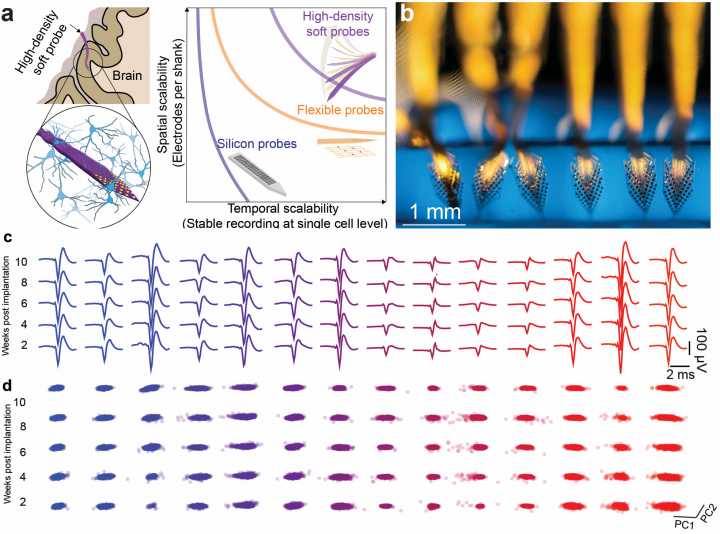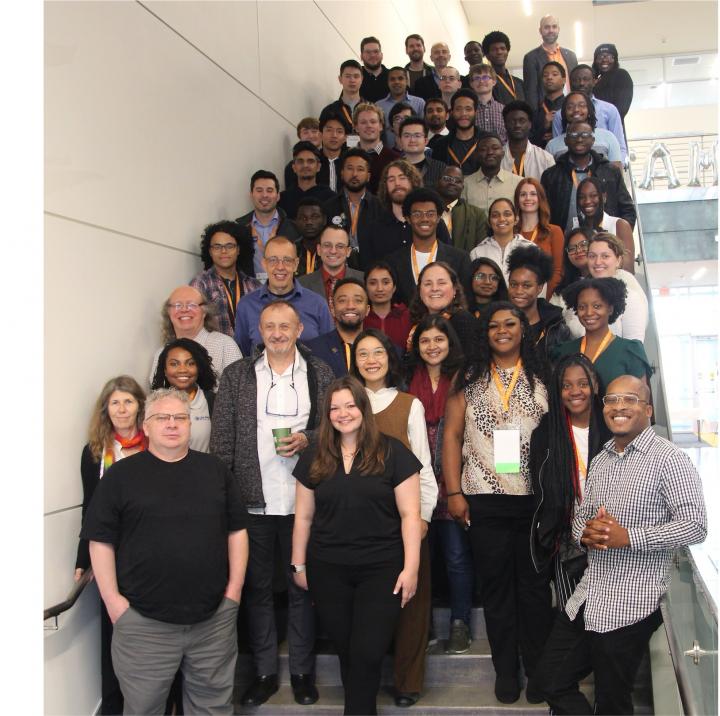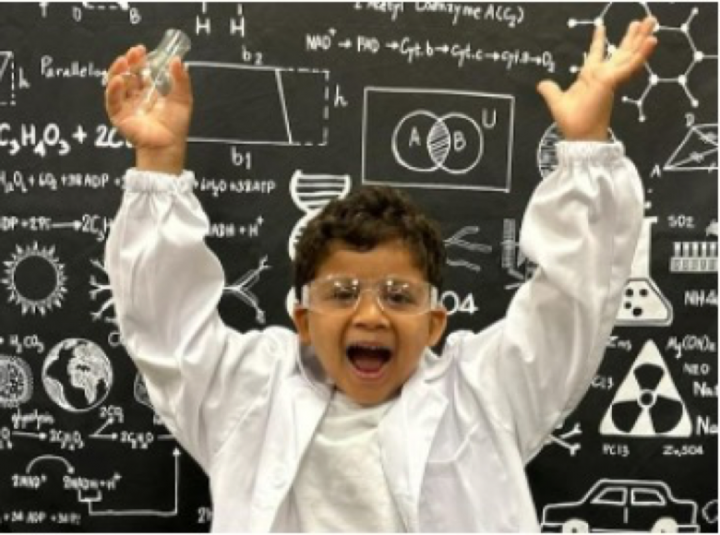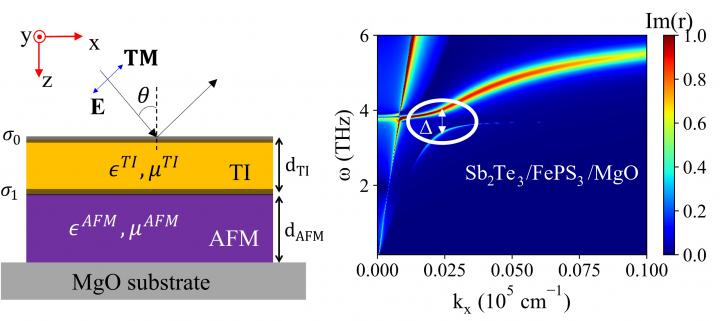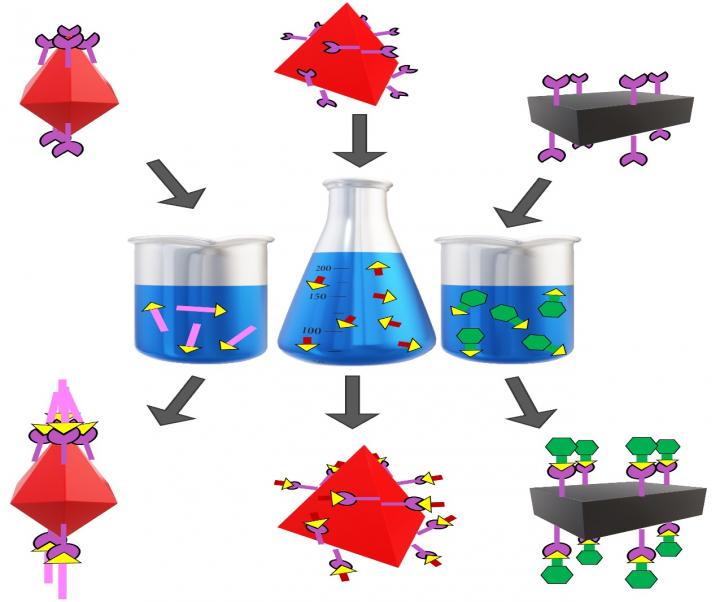The Imaging and Analysis Center (IAC) supported by PCCM is a world-leading facility for materials characterization. Its central mission is the education, research, and training of students at Princeton University and beyond. The IAC also collaborates with researchers in industry and other academic institutes.

